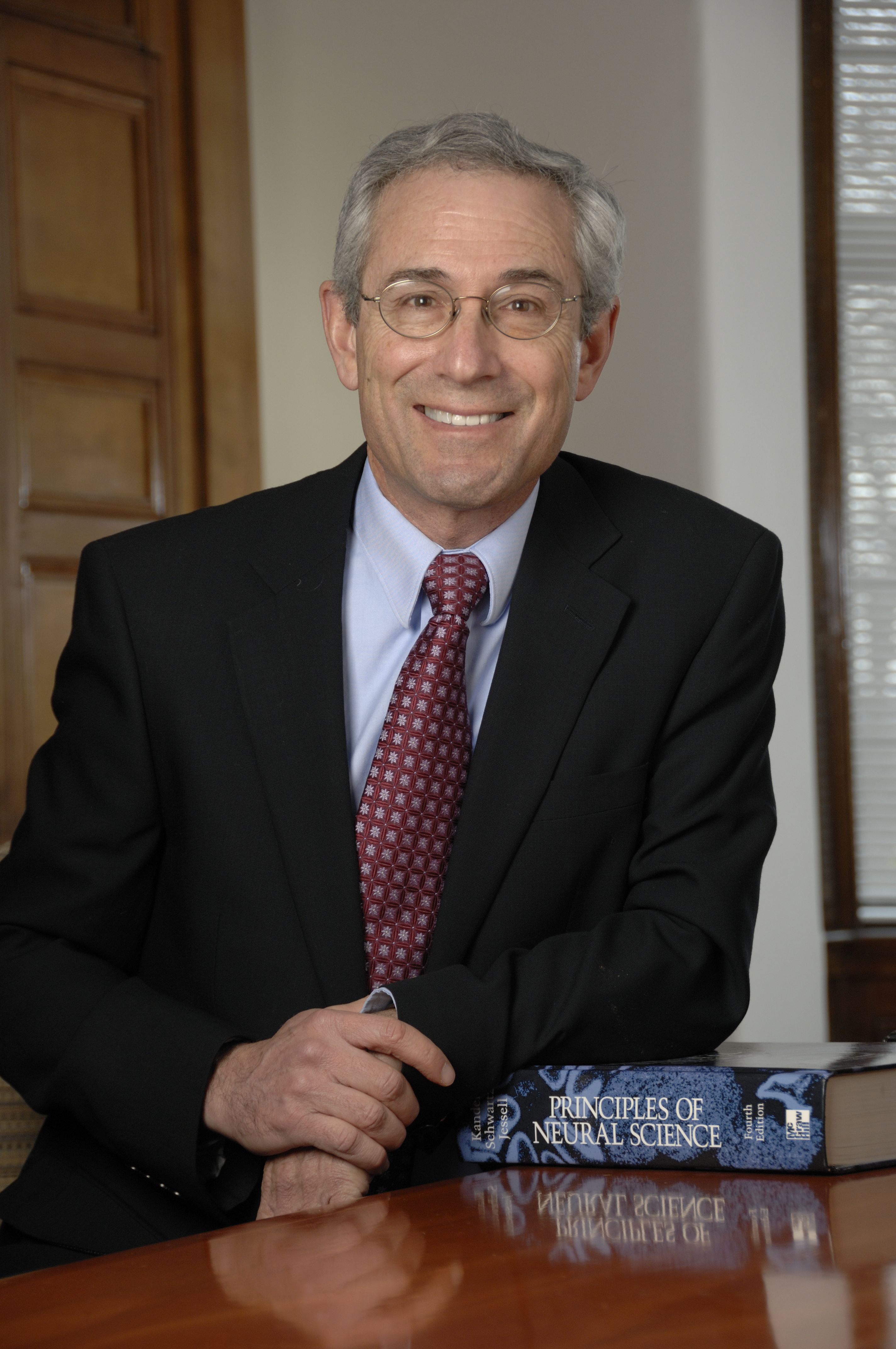Medical Professionals lent essential ethical shield for Torture Policy
Without collaborating doctors & psychologists there would have been no U.S. torture of prisoners of the War on Terror. A defining feature of Nazi Germany’s vast murderous apparatus was the collaboration of medical doctors who provided the regime with a patina of professional legitimacy for its murderous policies; beginning with the murder of disabled children which was labeled “euthanasia” – i.e., mercy killing. Doctors assessed and selected those to be murdered; and doctors experimented with various methods of murder, including lethal injections, starvation, finally choosing asphyxiation by poison gas.
Collaborating health professionals – a psychologist and doctor – were required to be present during the application of torture, in order to “sanitize [its] use and enable the abuse to escalate.” They provided a veil of professional legitimacy without which the Justice Department’s Office of Legal Counsel could not have given its “legal” authorization for patently illegal brutal interrogation methods universally recognized as torture.
The Yoo-Bybee “torture memos” (2002) specified that “enhanced interrogations [ ] are legally permissible if overseen by health professionals.” Yoo’s successor, Jack Goldsmith withdrew the memo stating it was contrary to law. However, Daniel Levin, Bybee’s successor, reauthorized waterboarding in 2004, reiterating the requirement that “both a doctor and a psychologist [be] in attendance.” (Scott Shane & Mark Mazzeti. Tight C.I.A. Control on Interrogations, The New York Times, Aug. 25, 2009)
These health professionals from the CIA’s Office of Medical Services (OMS) and CIA- contracted psychologists monitored the detainees’ medical condition; and documented the outcomes of specific torture techniques. Knowledge gained from the illegal medical experiments was then used to refine future interrogation protocols. It is clear that the central role of medical personnel at the interrogations was to analyze the “success” of various forms of torture in breaking the resistance of prisoners.
The CIA Inspector General Report (2004), partly declassified (2008 & 2009), notes that “the fact that precautions have been taken to provide on-site medical oversight in the use of all EITs is evidence that their use poses risks.”
“Not only were health professionals involved in designing and monitoring the CIA interrogation program, they also played an indirect but essential role in the legal justifications for the program prepared by the Office of Legal Counsel (OLC). The OLC was asked by the CIA whether certain techniques constituted torture under [US law] by causing ‘severe physical or mental pain or suffering.’ [ ] the OLC lawyers… relied [ ] on the judgment of health professionals. [T]hey turned for advice about the pain caused by the techniques to the very health professionals who were implementing them.”
Physicians for Human Rights:
“[ ] health professionals were complicit in selecting and then rationalizing these abusive methods whose safety and efficacy in eliciting accurate information have no valid basis in science. The severe physical and psychological pain and enduring harms associated with these techniques make it evident that they constitute torture and ill treatment. Monitoring of interrogation techniques by medical professionals to determine their effectiveness uses detainees as human subjects without their consent, and thus also approaches unlawful experimentation.” (Physicians for Human Rights. Aiding Torture: Health Professionals…2009)
Retired Army Colonel Patrick Lang, who was both a Special Forces officer and a Defense Intelligence Agency expert on the Middle East, stated that he had attended a SERE school as part of Special Forces training, and had found the experience disconcerting:
“Once, I was on the other side of the exercise, acting as captor and interrogator,” he said. “If you did too much of that stuff, you could really get to like it. You can manipulate people. And most people like power. I’ve seen some of these doctors and psychologists and psychiatrists who really think they know how to do this. But it’s very easy to go too far.” (Jane Mayer. The Experiment, The New Yorker, 2005)

